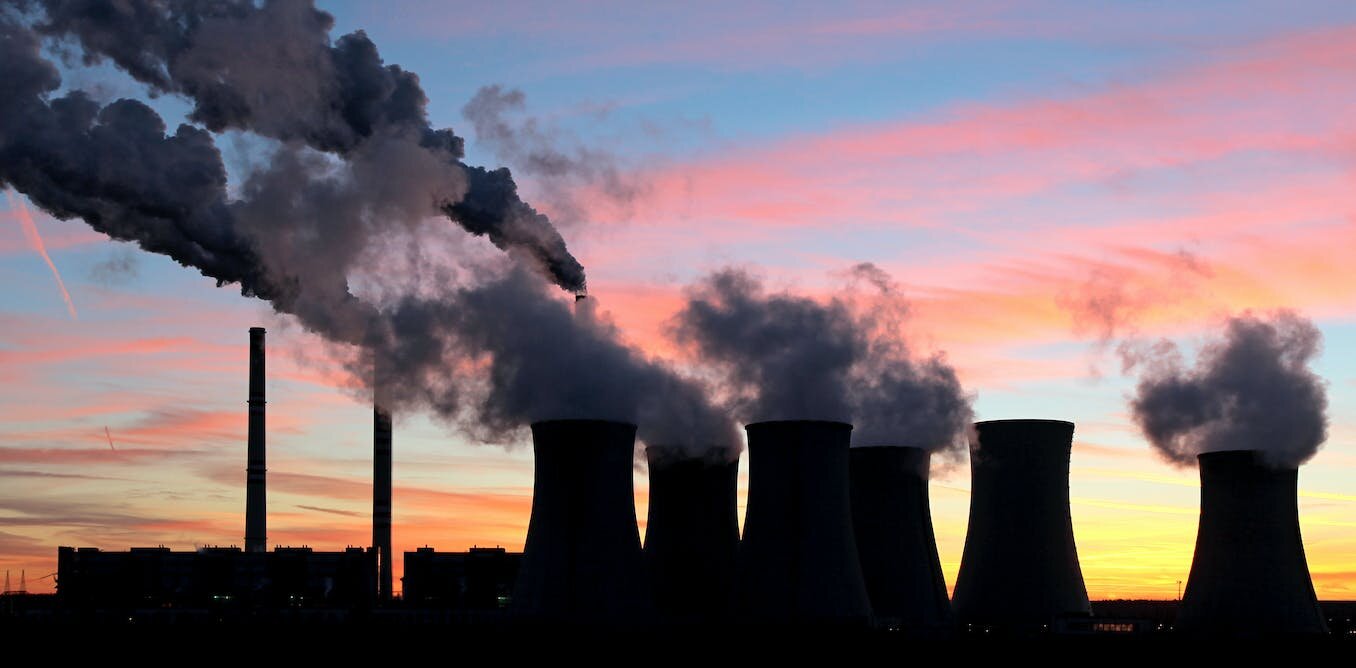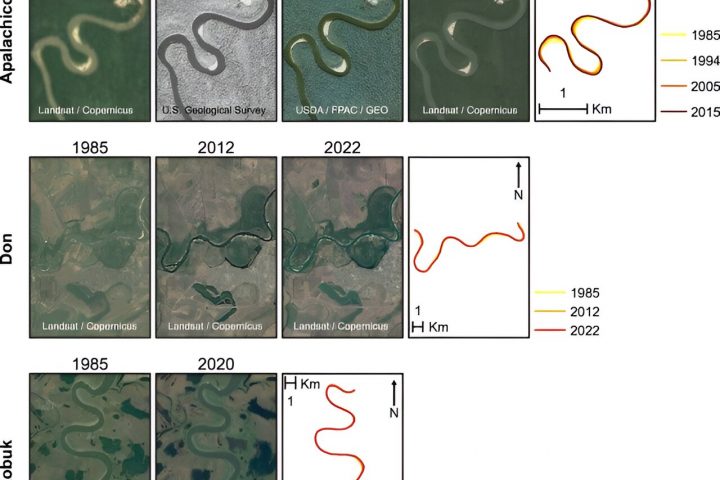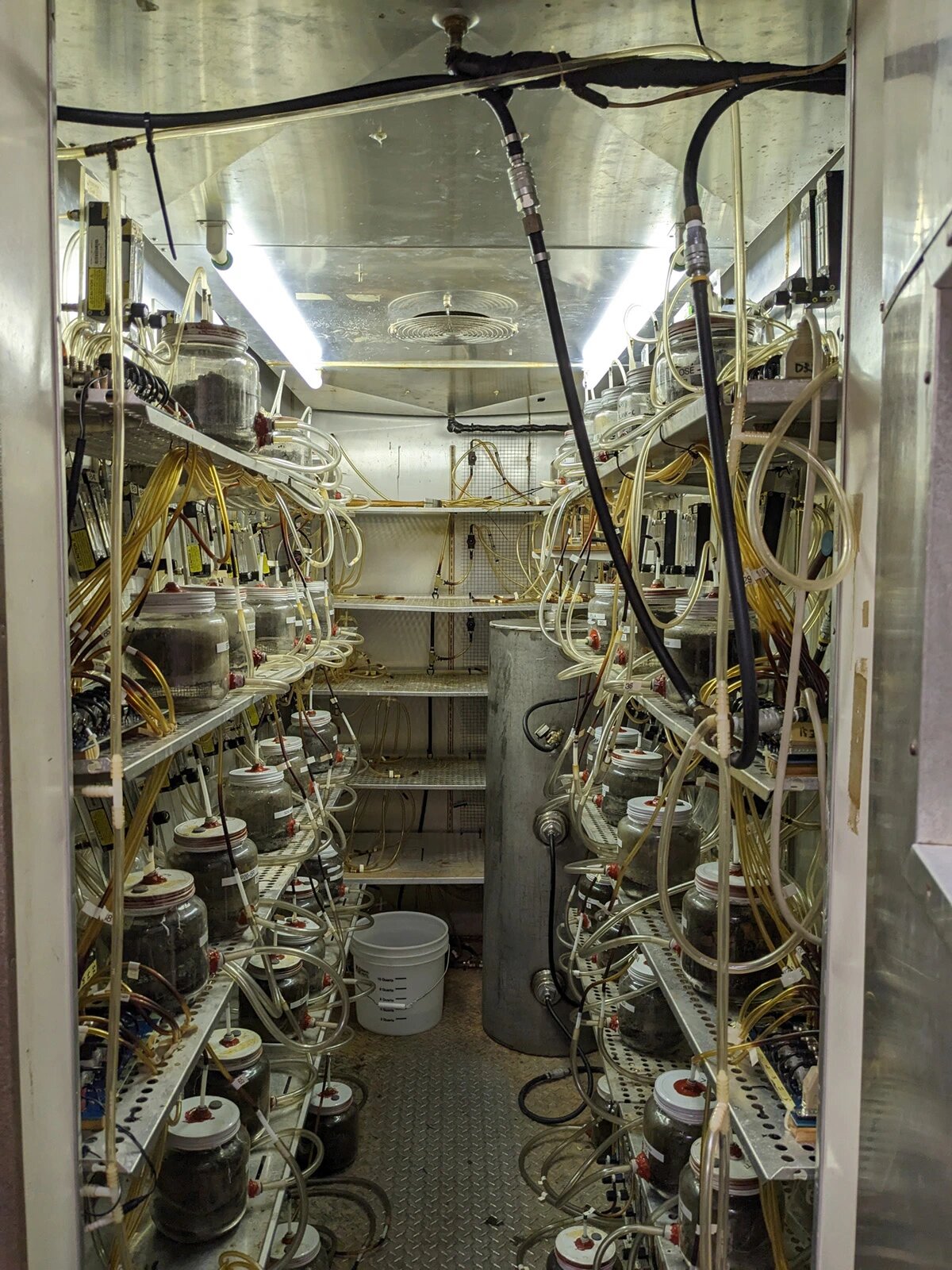A groundbreaking study has revealed that implementing a carbon tax, along with a strategy called “revenue recycling,” can bring about significant environmental and economic advantages for Australia.
Revenue recycling involves redirecting the funds generated from the carbon tax back into the economy. This means that the money collected from the tax would be distributed among various stakeholders in the economy, without increasing the government’s revenue.
Specifically, the tax revenue should be used to support consumption, invest in new research and development projects, and subsidize energy-saving and pollution-reducing programs. This approach makes the tax more appealing to companies and other opponents.
Australia’s Experience with a Carbon Tax
The debate surrounding a carbon tax has always been intense in Australia. In 2012, the Gillard government introduced a carbon pricing scheme, which imposed an initial rate of $23 per ton on approximately 500 major carbon emitters, including the electricity industry.
The scheme included compensation measures, such as increased payments to government recipients and a program to assist emissions-intensive, trade-exposed industries in reducing carbon emissions. These measures can be seen as a form of recycling.
Despite its success in reducing emissions, the tax was terminated after just two years by the Abbott government, which argued that it was burdening large companies and causing electricity prices to rise.
In my research, I explored the potential for reintroducing a similar scheme, drawing inspiration from successful models in Norway, Ireland, and Switzerland. I conducted simulations of Australia’s economy from 2020 to 2035 to assess the impact of a carbon tax policy, along with the associated revenue recycling approach, on prices, total emissions, and economic growth.
The first step in designing the scheme is determining the tax rate and its scope. Research indicates that a uniform rate covering the entire industry sector would yield the greatest environmental benefits.
Based on my study, I recommend implementing a uniform tax rate on all sectors, including the electricity sector (which is currently excluded from the emissions safeguard mechanism). The tax rate should start at $23 (the same rate as Gillard’s scheme) in 2023 and gradually increase to $70 by 2030. It should remain at this level until 2035.
A carbon tax raises production costs and leads to an increase in the inflation rate. The estimated inflation impact of this policy is 0.5% in 2023, rising significantly to 1.52% in 2035.
Rising inflation reduces families’ spending power, which in turn affects consumption and economic growth. To mitigate this, the accumulated tax revenue should be used to maintain consumption levels after implementing the carbon tax.
How a New Version of the Tax Would Work
My study proposes using the accumulated carbon tax revenue to lower income taxes. This would leave more money in the hands of families, thereby reducing the economic impact of the tax-induced inflation.
In addition to bolstering families’ spending power, a portion of the tax revenue would be invested in research and development projects. This investment would create new jobs and lay the foundation for a thriving economy.
According to my study, in the first year, all the tax revenue should be allocated to supporting consumption. However, the amount allocated to investment should increase from the second year as the carbon tax rate rises. Over a span of 13 years, an estimated $57 billion would be available for new technologies under this carbon tax scheme.
Implementing a carbon tax would also provide a financial incentive for industries to reduce their reliance on fossil fuels. It would encourage the sector to transition to low-carbon technologies, as they would face lower tax bills and enjoy higher profits.
Based on my findings, Australia could potentially reduce carbon emissions by 35% by 2035, while experiencing a 0.286% increase in GDP and the creation of new jobs in research and development. By adopting the recommended carbon tax design, Australia’s transition to a low-carbon economy would be accelerated, benefiting both the economy and the environment.








